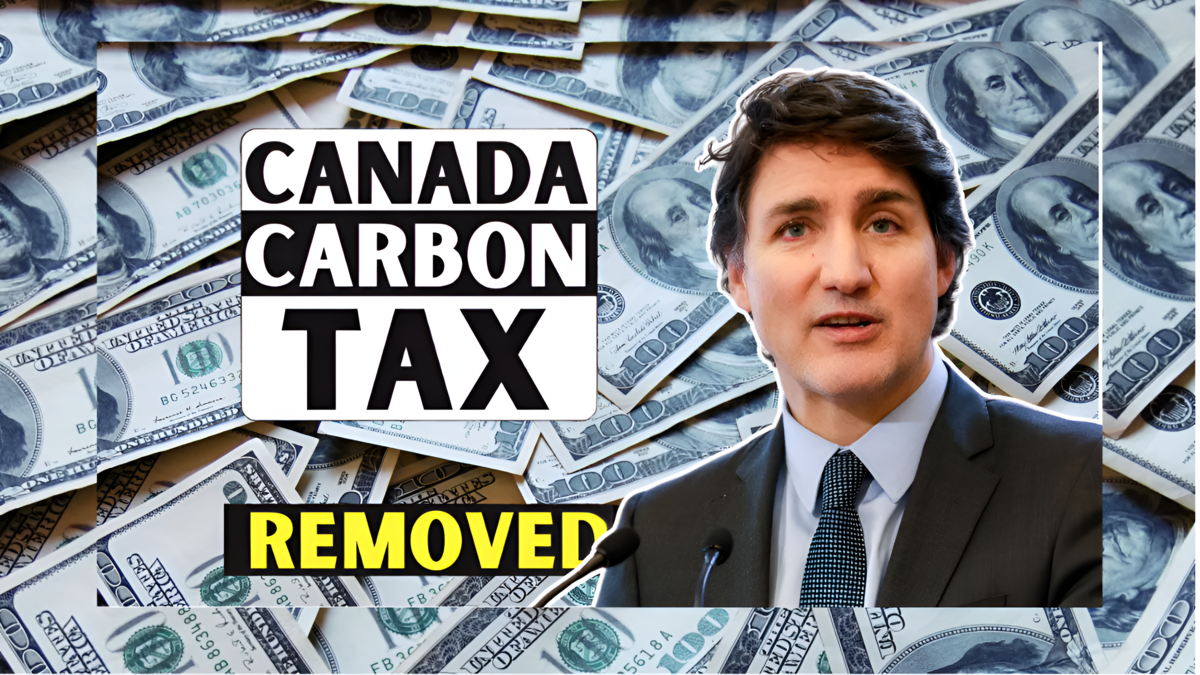Canada’s carbon tax has been a cornerstone of its climate policy, designed to reduce greenhouse gas emissions and encourage environmentally friendly practices. However, the policy has sparked a heated debate over its economic impact, particularly the balance between the costs it imposes on households and the rebates provided to offset those costs. In 2025, this debate remains as relevant as ever, with new data and perspectives shaping public opinion. Let’s dive into the intricacies of the carbon tax, explore its costs and rebates, and examine the arguments on both sides of the debate.
What Is the Carbon Tax?
The carbon tax is a fee imposed on fossil fuels, such as gasoline, natural gas, and diesel, based on their carbon content. The goal is to put a price on carbon emissions, incentivizing individuals and businesses to reduce their reliance on fossil fuels and adopt cleaner energy alternatives. Canada’s federal carbon pricing system includes a fuel charge for consumers and an output-based pricing system for large industrial emitters.
The revenue generated from the carbon tax is returned to households and businesses through rebates, known as the Climate Action Incentive (CAI) payments. These rebates are intended to offset the financial burden of the tax, ensuring that most households receive more money back than they pay in carbon taxes.
The Cost of the Carbon Tax
While the carbon tax aims to promote environmental sustainability, it has faced criticism for its economic impact on Canadian households. According to recent reports, the average household in Canada incurs additional costs due to the carbon tax, including higher fuel prices and increased costs for goods and services. For example, the Parliamentary Budget Officer (PBO) has estimated that households in provinces using the federal carbon pricing system face a net loss of $200 to $390 annually.
These costs are primarily attributed to the federal fuel charge and the associated Goods and Services Tax (GST), which compounds the financial burden. Critics argue that the carbon tax disproportionately affects low- and middle-income families, who spend a larger share of their income on energy and transportation.
Provincial Variations in Costs
The financial impact of the carbon tax varies across provinces, depending on factors such as energy consumption patterns and provincial carbon pricing mechanisms. For instance, households in Alberta and Saskatchewan tend to face higher net costs compared to those in Ontario or New Brunswick. This discrepancy has fueled regional opposition to the carbon tax, with some provinces advocating for alternative climate policies.
The Rebate System
To address concerns about affordability, the federal government provides Climate Action Incentive (CAI) payments to households in provinces where the federal carbon pricing system applies. These rebates are designed to ensure that most families receive more money back than they pay in carbon taxes. The amount of the rebate depends on factors such as household size and location.
How Rebates Work
The CAI payments are issued quarterly and are intended to offset the direct costs of the carbon tax. For example, a family of four in Ontario might receive an annual rebate of approximately $745, while a similar family in Alberta could receive over $1,000. The government argues that these payments not only alleviate financial pressure but also encourage households to adopt energy-efficient practices.
The Debate: Costs vs. Rebates
The central question in the carbon tax debate is whether the rebates adequately compensate for the costs imposed on households. Proponents and critics of the policy offer contrasting perspectives:
Arguments in Favor of the Carbon Tax
- Environmental Benefits: Supporters argue that the carbon tax is a necessary tool for reducing greenhouse gas emissions and combating climate change. By putting a price on carbon, the policy incentivizes cleaner energy choices and fosters innovation in renewable technologies.
- Rebate Effectiveness: Proponents highlight that the majority of households receive more in rebates than they pay in carbon taxes, making the policy financially beneficial for most Canadians. This ensures that the tax is progressive, with higher-income households bearing a larger share of the costs.
- Economic Transition: The carbon tax is seen as a catalyst for transitioning to a low-carbon economy. By encouraging energy efficiency and reducing reliance on fossil fuels, the policy supports long-term economic sustainability.
Arguments Against the Carbon Tax
- Net Costs for Households: Critics contend that the rebates do not fully offset the financial burden of the carbon tax, particularly for households in provinces with higher energy costs. They argue that the policy disproportionately affects rural and low-income families.
- Impact on Cost of Living: The carbon tax contributes to higher prices for goods and services, as businesses pass on their increased costs to consumers. This exacerbates the financial strain on households already grappling with rising living expenses.
- Regional Disparities: Opponents point to the uneven impact of the carbon tax across provinces, arguing that a one-size-fits-all approach fails to account for regional differences in energy consumption and economic conditions.
Looking Ahead: The Future of the Carbon Tax
As Canada continues to grapple with the challenges of climate change, the carbon tax remains a key component of its environmental strategy. However, the policy’s long-term success will depend on addressing the concerns raised in the cost vs. rebate debate.
Potential Reforms
To enhance the effectiveness and fairness of the carbon tax, policymakers could consider the following reforms:
- Adjusting Rebate Levels: Increasing rebate amounts for low- and middle-income households to ensure they are fully compensated for the tax’s financial impact.
- Targeted Support: Providing additional assistance to rural and remote communities, which often face higher energy costs and limited access to alternative energy sources.
- Regional Flexibility: Allowing provinces to tailor carbon pricing mechanisms to their unique economic and environmental conditions.
Conclusion: Striking a Balance
The carbon tax in Canada represents a bold effort to address climate change while minimizing the financial burden on households. However, the cost vs. rebate debate highlights the complexities of implementing such a policy. While many Canadians benefit from the rebates, others face net costs that fuel opposition to the tax.
Ultimately, the success of the carbon tax will depend on its ability to balance environmental goals with economic fairness. By addressing regional disparities and ensuring that rebates fully offset costs, Canada can strengthen public support for this critical climate policy. As the debate continues, one thing is clear: the carbon tax is a pivotal tool in Canada’s fight against climate change, and its evolution will shape the country’s environmental and economic future.
FAQs
- What is Canada’s carbon tax and how does it work?
Canada’s carbon tax charges a fee on fossil fuel use to reduce greenhouse gas emissions, with revenues returned to households through rebates. - Do most households get more in rebates than they pay in carbon tax?
Yes, the federal government says most households receive more in Climate Action Incentive payments than they pay in carbon taxes. - How much does the carbon tax cost the average household?
Estimates suggest net costs range from $200 to $390 annually, depending on the province and energy use. - Why do some provinces oppose the carbon tax?
Provinces like Alberta and Saskatchewan cite higher energy costs and argue the tax unfairly impacts their residents. - What changes could improve the fairness of the carbon tax?
Possible reforms include increasing rebates for low-income families, offering targeted support for rural areas, and allowing regional flexibility in policy design.



